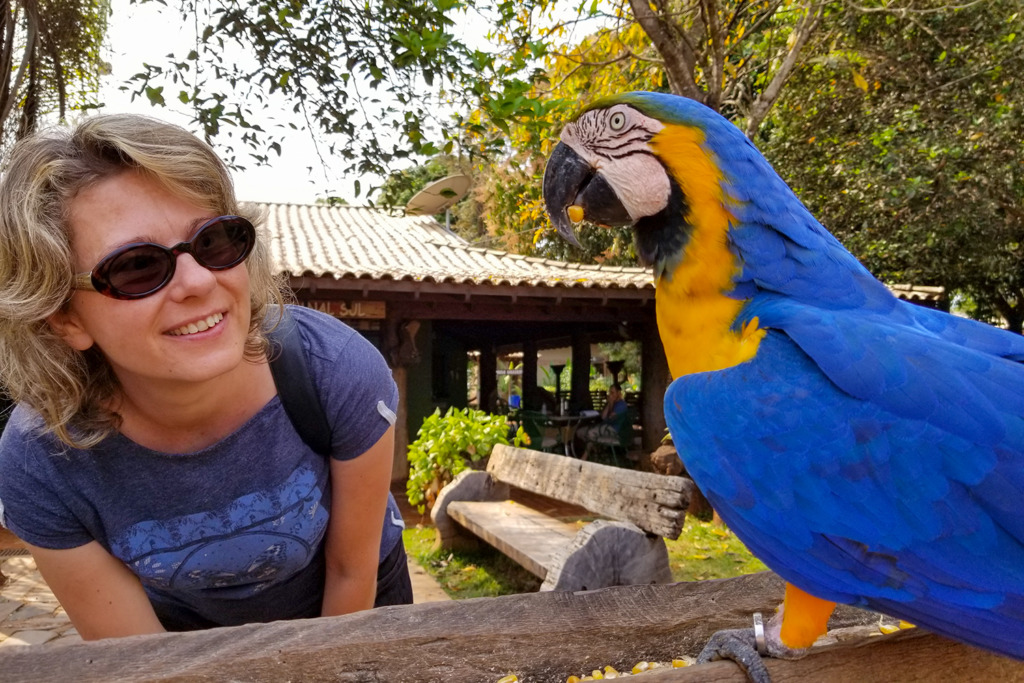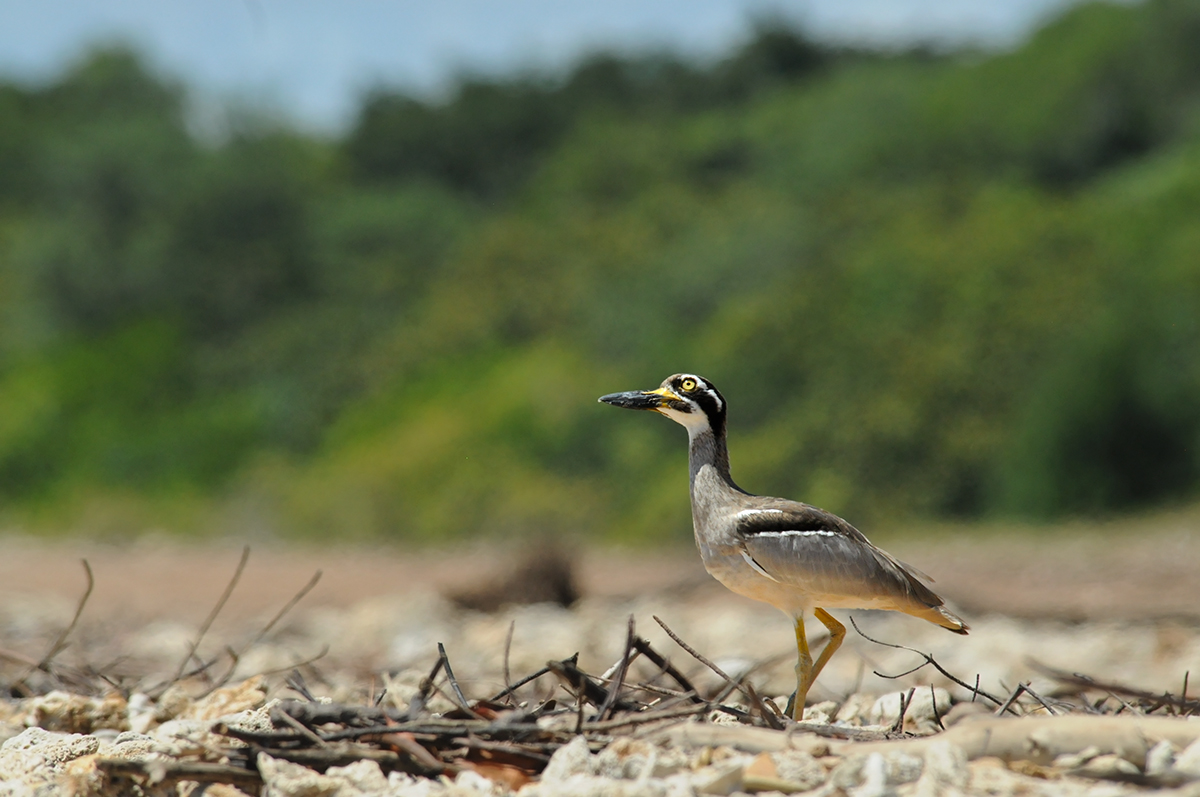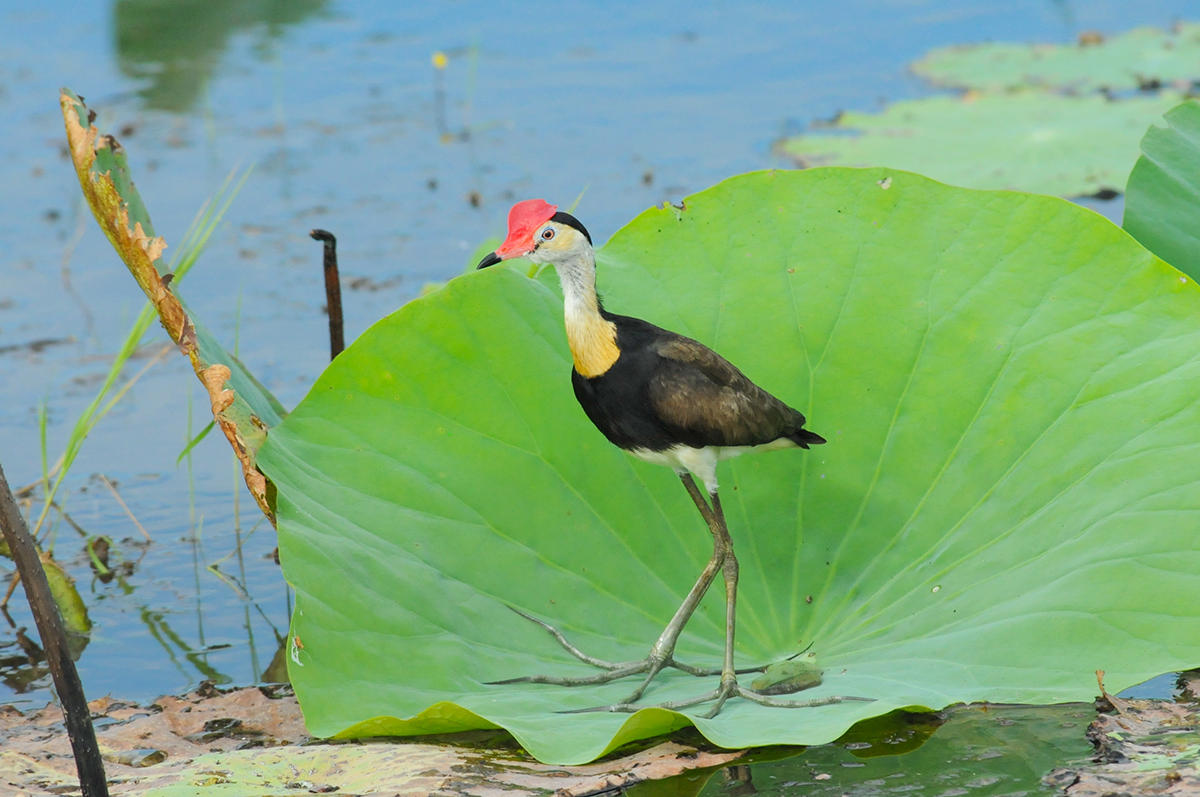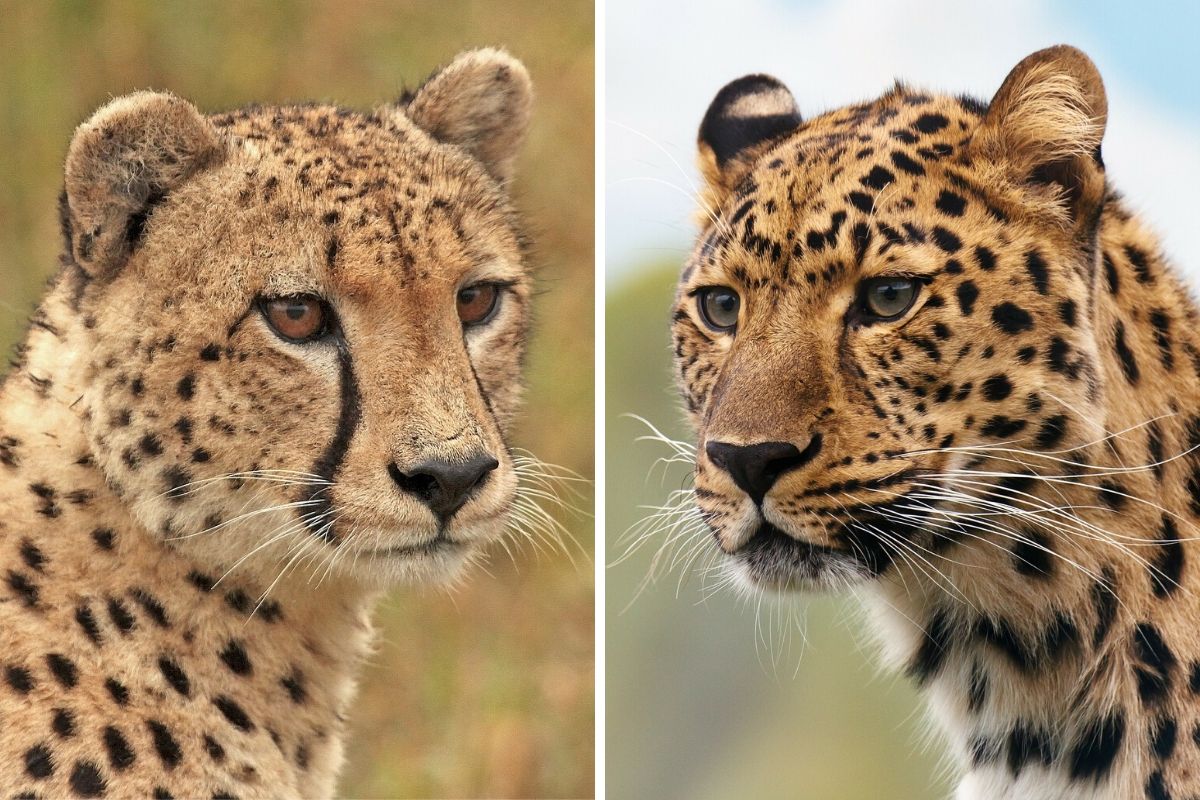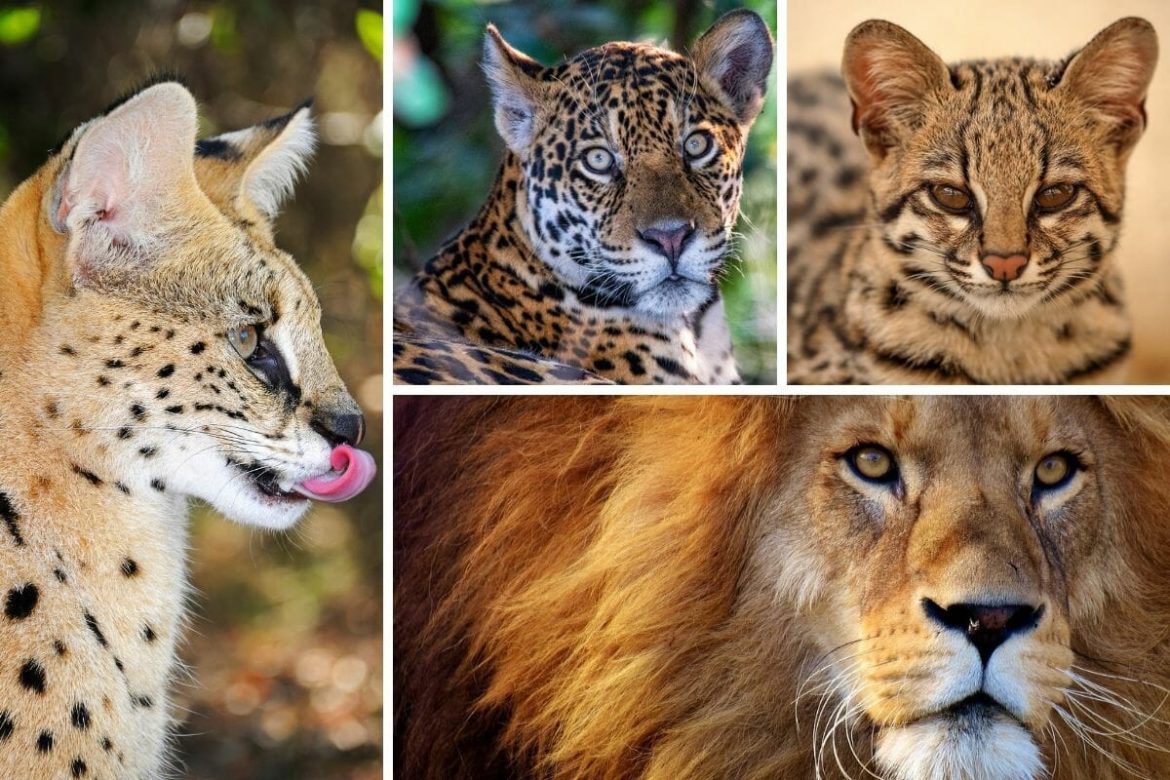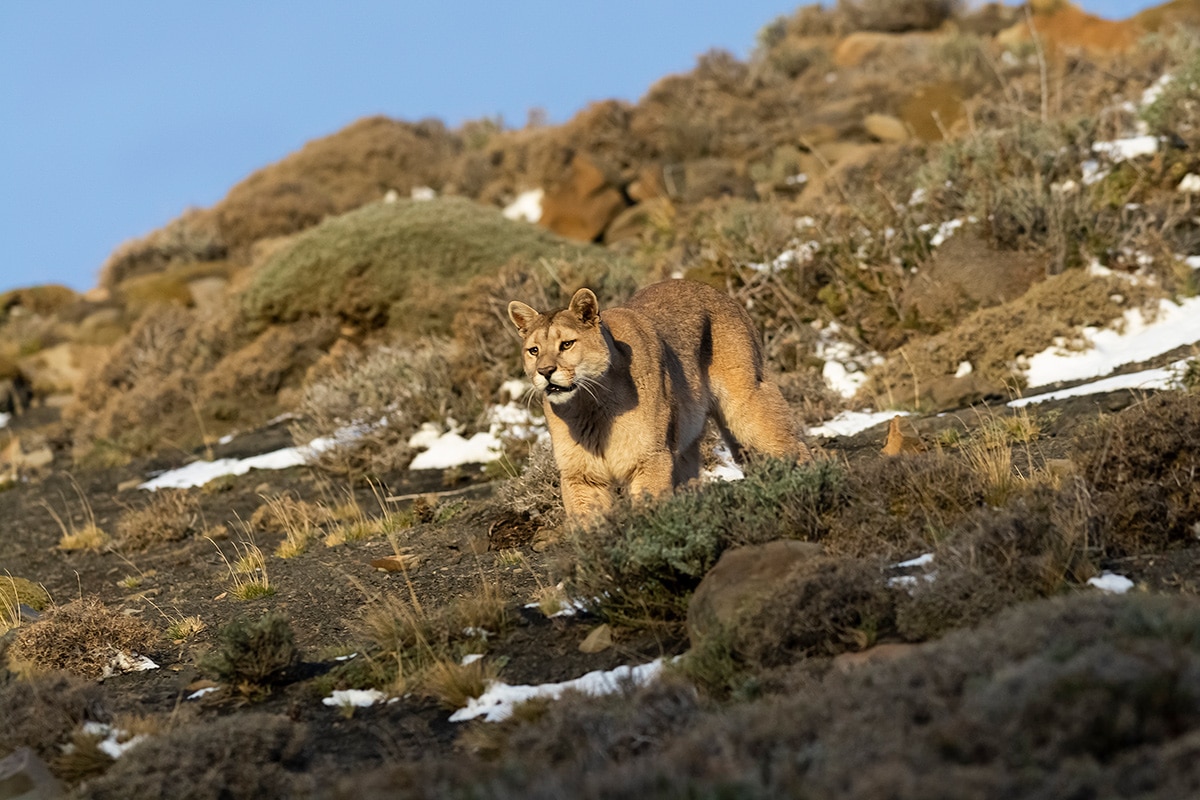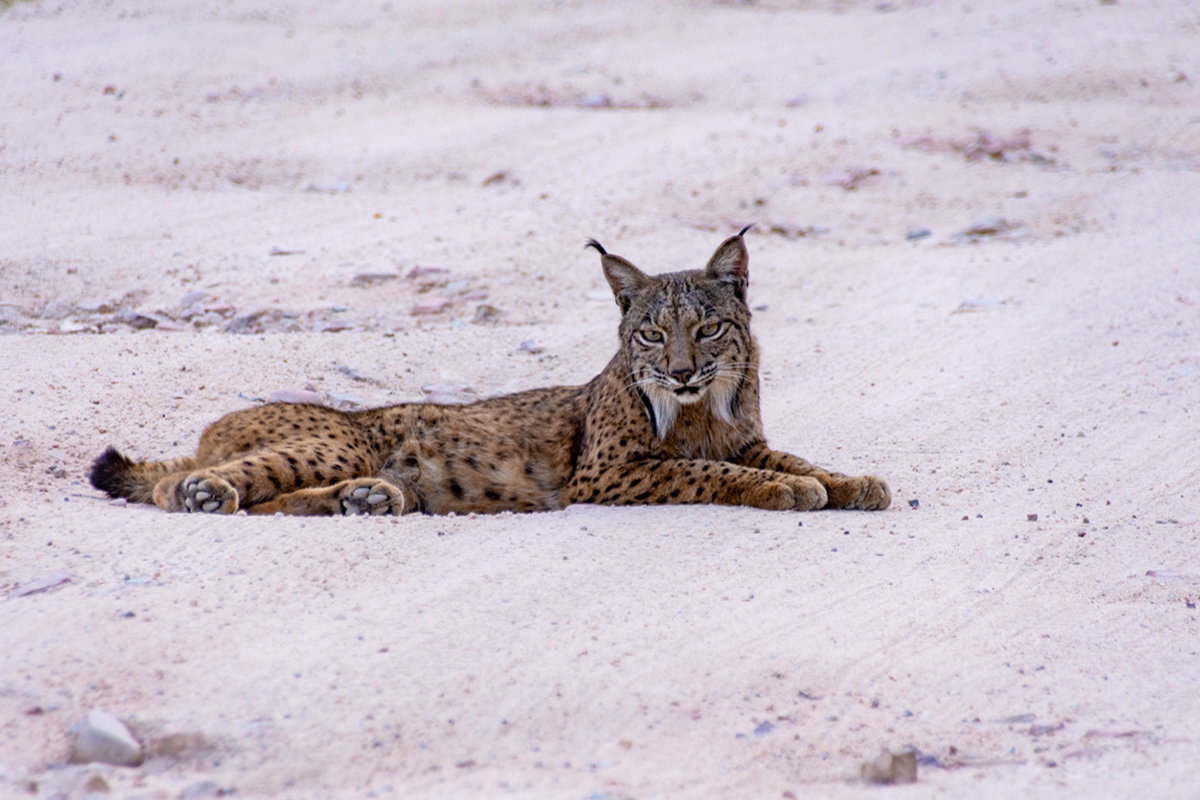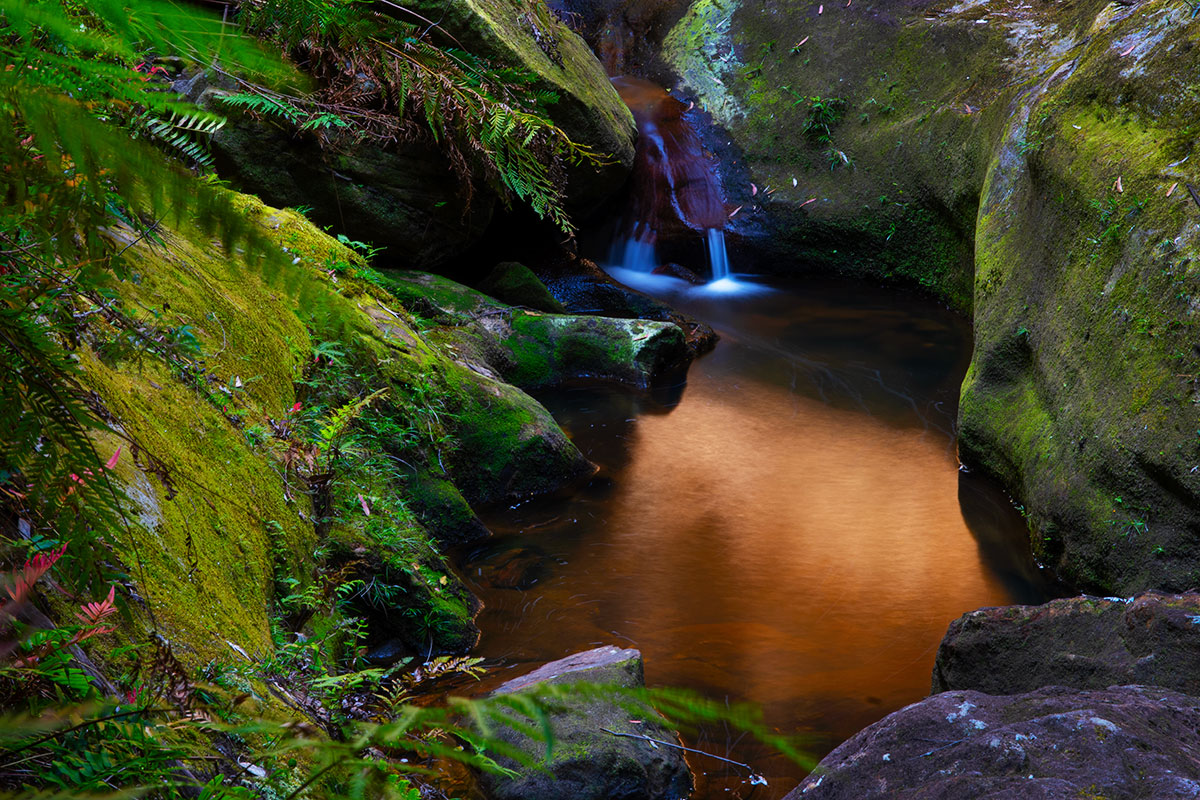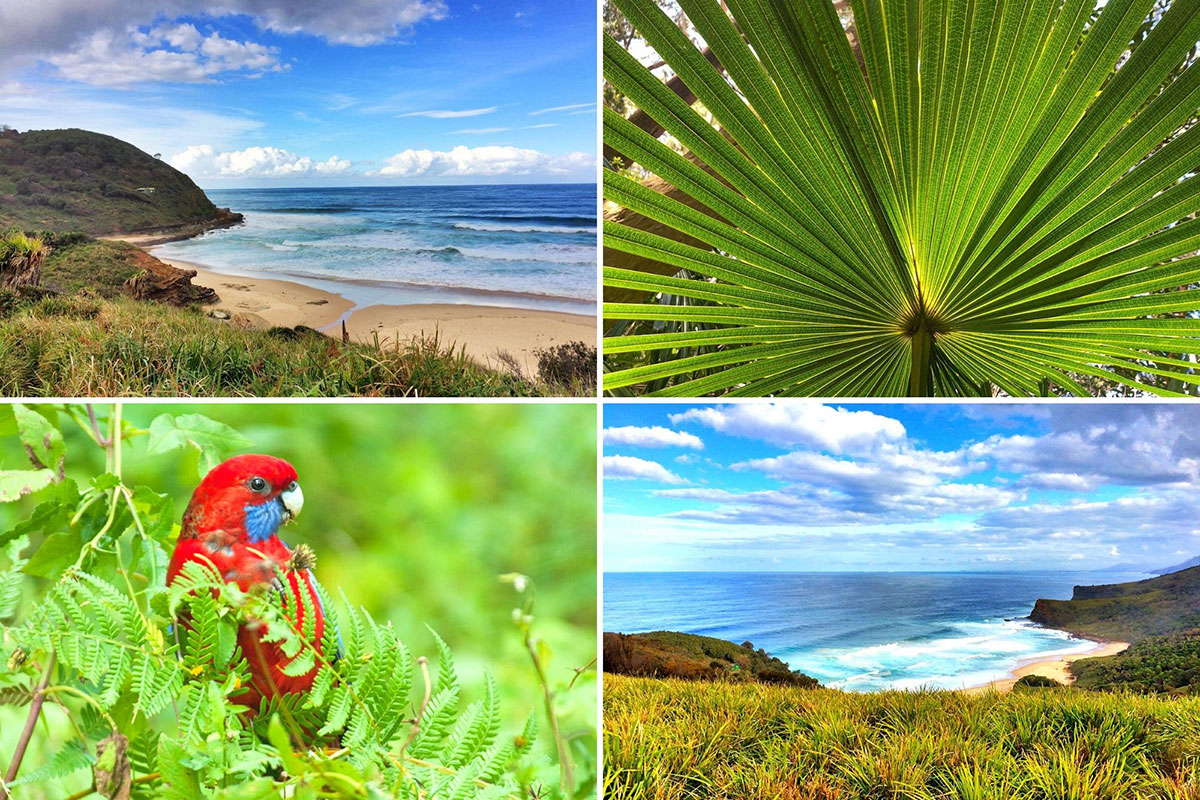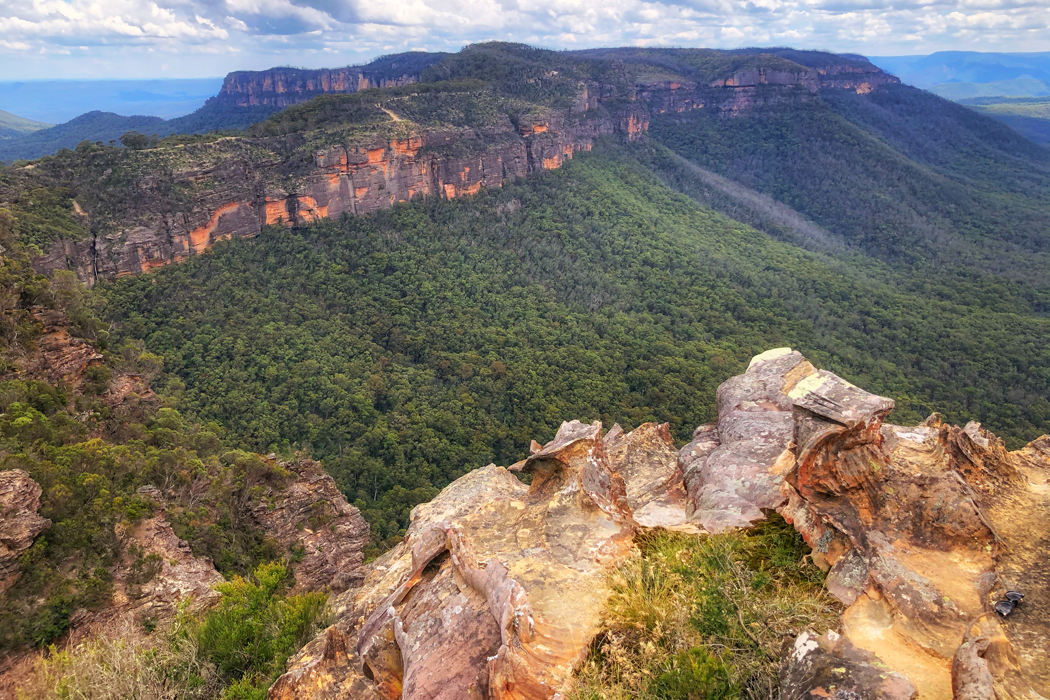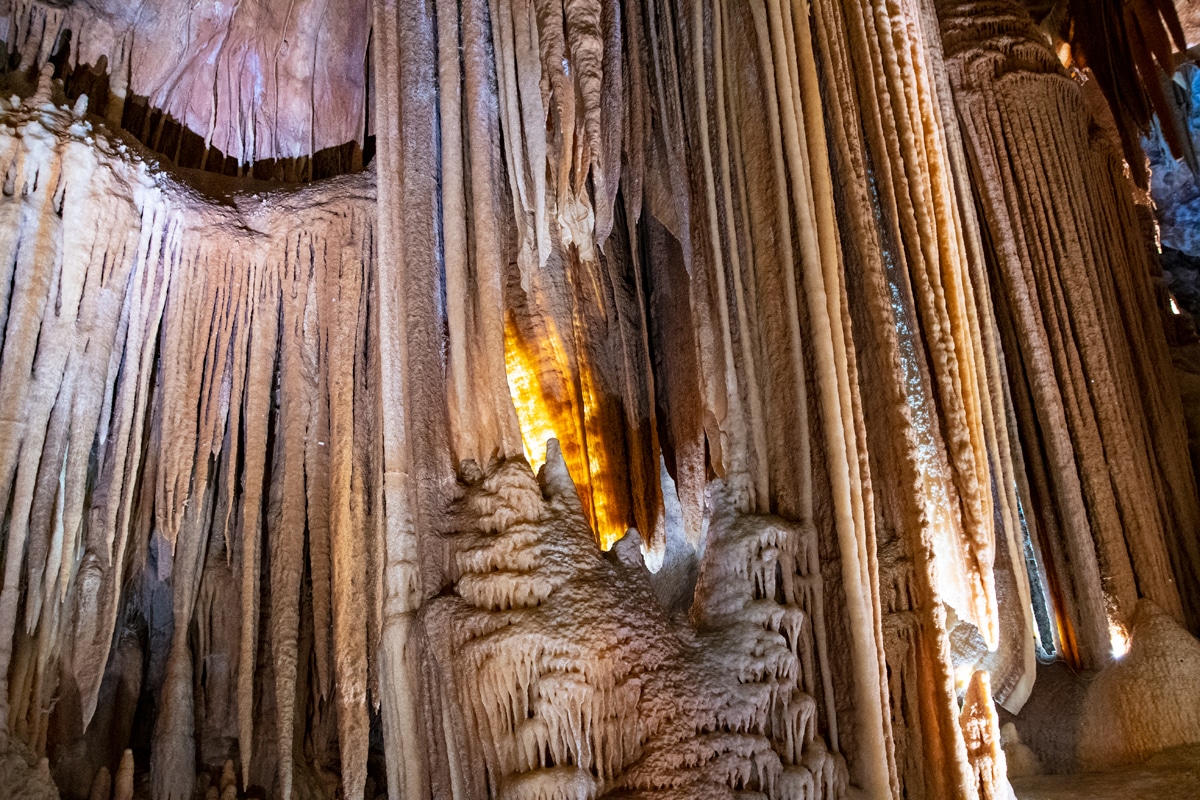What is all this about?
The Wildlife Diaries is a wildlife travel blog with a European cultural flare. The main focus of this blog has always been on nature adventures and wildlife-watching destinations. But after my fieldwork with the Iberian lynx in Spain, I fell under the charm of medieval Europe and The Wildlife Diaries morphed into a broader nature-cultural theme.
Destinations
Looking for inspiration for your next adventure? Need help with planning your itinerary? The Wildlife Diaries is here to help. Explore the recent posts below or choose a specific destination from the menu above.
On the Trail of the Wild Cats
A few years ago, I set myself on an ambitious quest to see all 40 species of wild cats in their natural habitat. For me, felids, the members of the wild cat family Felidae, are nature’s Greatest Hits. This quest is likely to take a lifetime – some wild cats are so elusive that they are hardly ever seen. So far, I have managed to track down 21 cat species. In the Wild Cats category, I offer tips on the best tours and destinations for anyone wishing to follow in my footsteps of watching wild cats in their element.
Nature Adventures from Sydney
When not travelling, I am based in Sydney, Australia. Surrounded by National Parks and the Pacific Ocean, Sydney is superbly positioned for outdoor exploration. You can watch the epic migration of Humpback whales, spot iconic Australian wildlife or immerse yourself in the vastness of the ancient mountains or sweeping coastal landscapes, all within easy reach from the city. Or take a road trip up the central coast or down the south coast to explore the wider region.
About Me
My name is Margarita and I am a Russian-born wanderer currently settled in Australia. I travel mostly in search of wildlife encounters with occasional culture trips in between.
My background is in wildlife conservation, but today, I wear many hats: a travel writer, a wildlife photographer and as of 2020, a postgraduate researcher exploring felid-human relationships.
Read my Travel CV in Sydney Sun Herald’s Escape section to get a sense of the adventures that wildlife travel entails.
